
‘Afraid of the water’? Life in a city that dumps billions of litres of raw sewage into lakes and rivers
10 billion litres of sewage are dumped into Winnipeg’s lakes and rivers each year. Some...
After a years-long stalemate over the far northern Ring of Fire, the federal government appears to have extended an olive branch to Ontario, resuming talks over the region’s future.
The province has asked with increasing impatience for the federal government to chip in about $1 billion for a road to the remote and environmentally-sensitive Ring of Fire region, 540 kilometres northeast of Thunder Bay, Ont. — a move that could enable mining there.
“My team and I have been thinking about next steps for the Ring of Fire and potential options for collaboration with the Government of Ontario and local First Nations in our approach to supporting critical mineral development in the region,” wrote Jeff Labonté, assistant deputy minister for lands and minerals at Natural Resources Canada, in an Oct. 3, 2022 email to request a meeting with his counterpart at the Ontario Ministry of Mines, Afsana Quereshi.
“Thanks for reaching out, I look forward to the discussion,” Quereshi wrote back.
The correspondence, obtained by The Narwhal through an access to information request, appeared to signal a shift in relations between the two governments on the file.
Between 2019 and 2021, officials at the federal and Ontario governments were unable to schedule any formal meetings to discuss the Ring of Fire. The issue “fell through the cracks,” and senior officials had “no substantive discussions” about it, according to documents previously reported by The Narwhal.
The emails contained in this latest access to information request indicate Labonté and Quereshi had a meeting on Oct. 18., a couple of weeks after exchanging messages, with Natural Resources staff discussing a potential follow-up in the days soon after.
Two days later, Natural Resources Canada told The Narwhal on Oct. 20 that “no formal discussions have taken place regarding funding for roads to the Ring of Fire.”
Natural Resources Canada declined to make Labonté available for an interview.
Anthony Ertl, a spokesperson for Natural Resources Canada, said there is “currently no formal framework” for talks between Ontario and Natural Resources Canada on the Ring of Fire, though they do discuss it “on an ad hoc basis.” Natural Resources Canada officials also met with several First Nations to discuss it in late 2022. The federal government hasn’t made any decisions about funding construction of access roads to the Ring of Fire, he added.
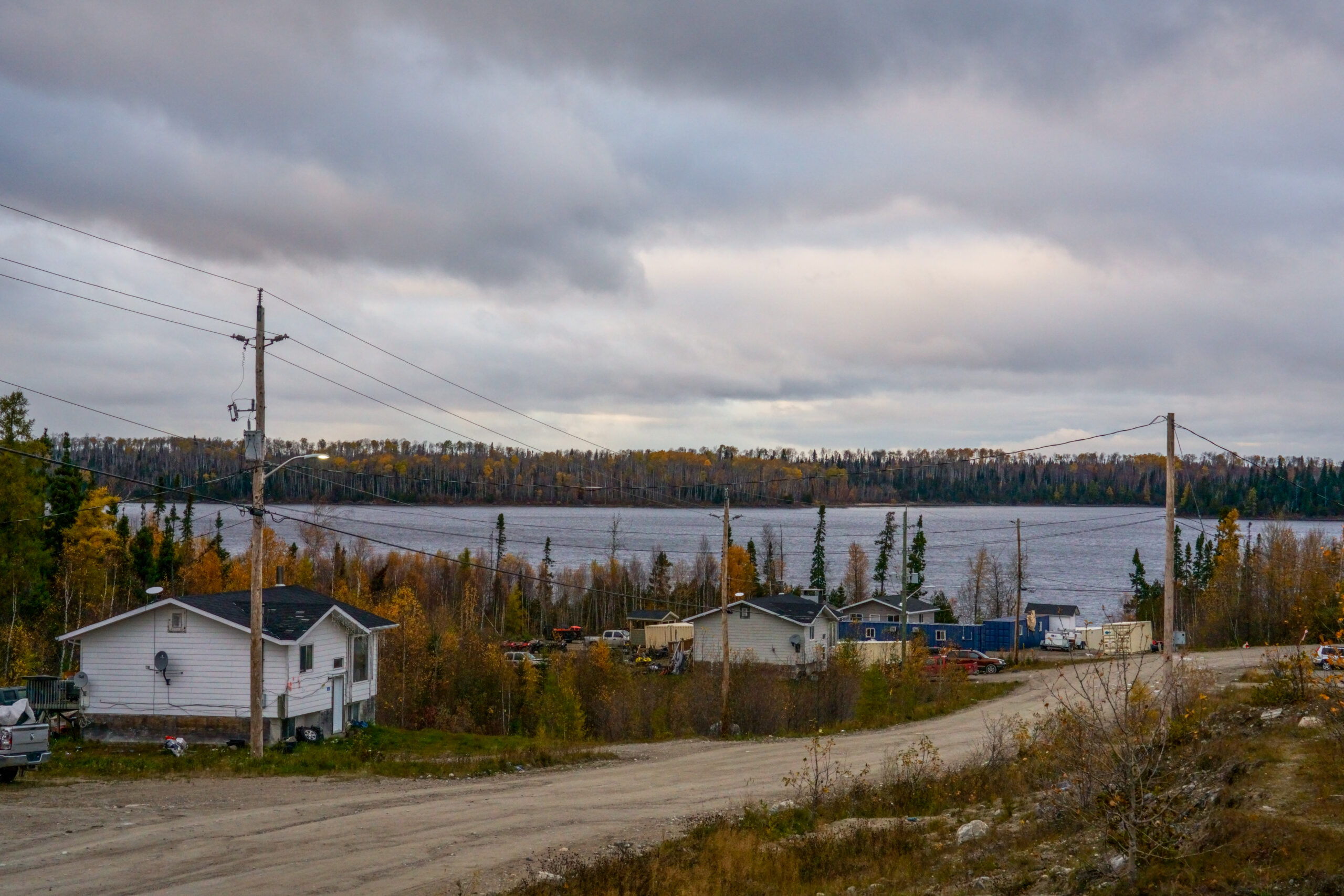
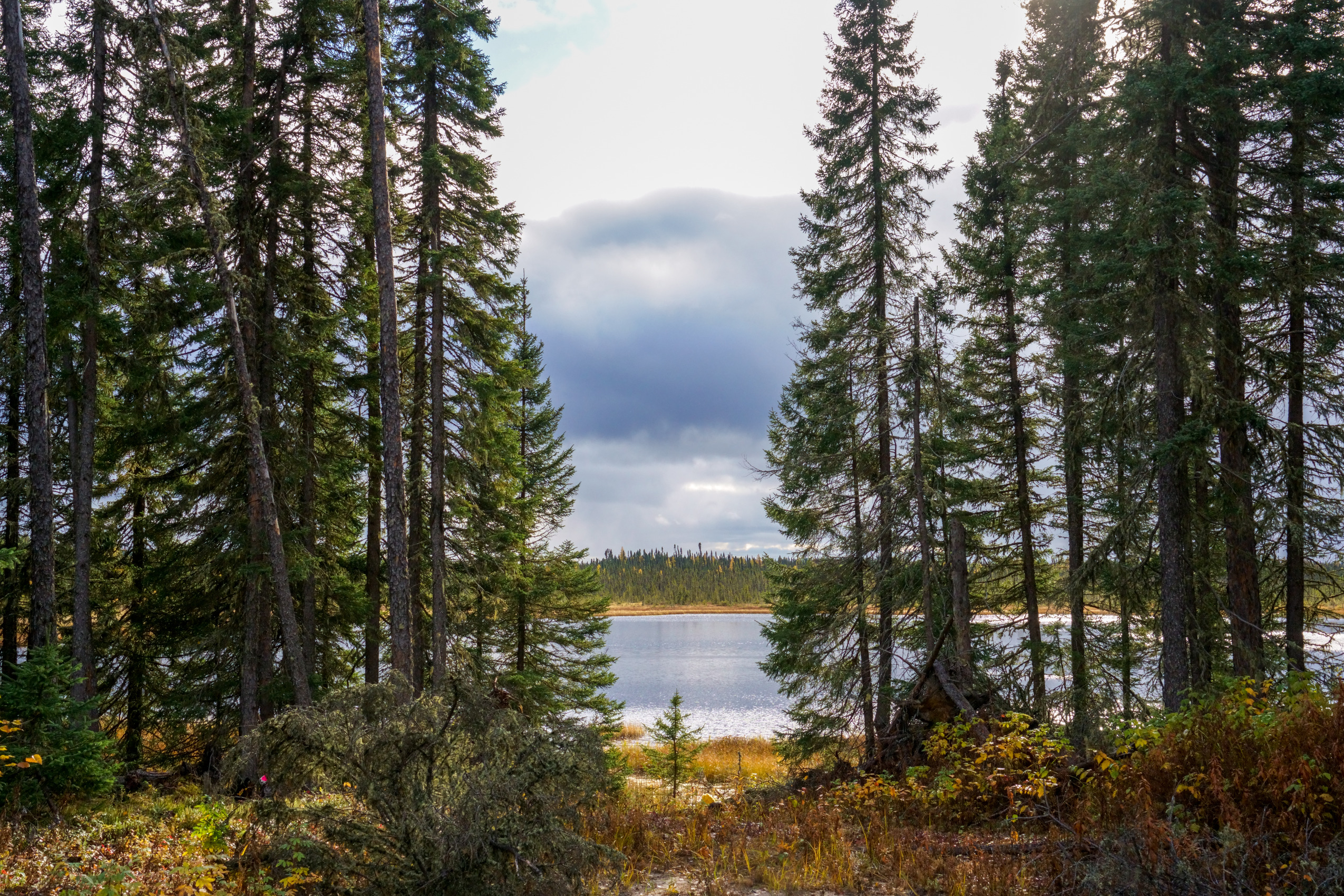
“This would be premature,” Ertl said.
“Regulatory processes related to mineral development need to be completed by respective Government of Ontario and Government of Canada regulators, as required by law, to determine whether projects could go ahead.”
Ontario’s Ministry of Mines was not able to answer questions from The Narwhal by deadline.
The Ring of Fire — named after a Johnny Cash song and the shape of its mineral deposits on a map — is a pet project for Ontario Premier Doug Ford, who has long promised to build an all-season road to the region to enable mining.
Ford isn’t the first politician to try, but there are a few big reasons no one has succeeded so far. Right now it’s only possible to reach the Ring of Fire by plane, or ice road in the winter. Located in the boggy James Bay Lowlands, the peatlands there are difficult to build on. The area is also ecologically sensitive, a major carbon sink that naturally helps regulate the climate. It’s Treaty 9 land, home to more than a dozen Matawa and Mushkegowuk First Nations, most of which have not consented to development affecting their territories.
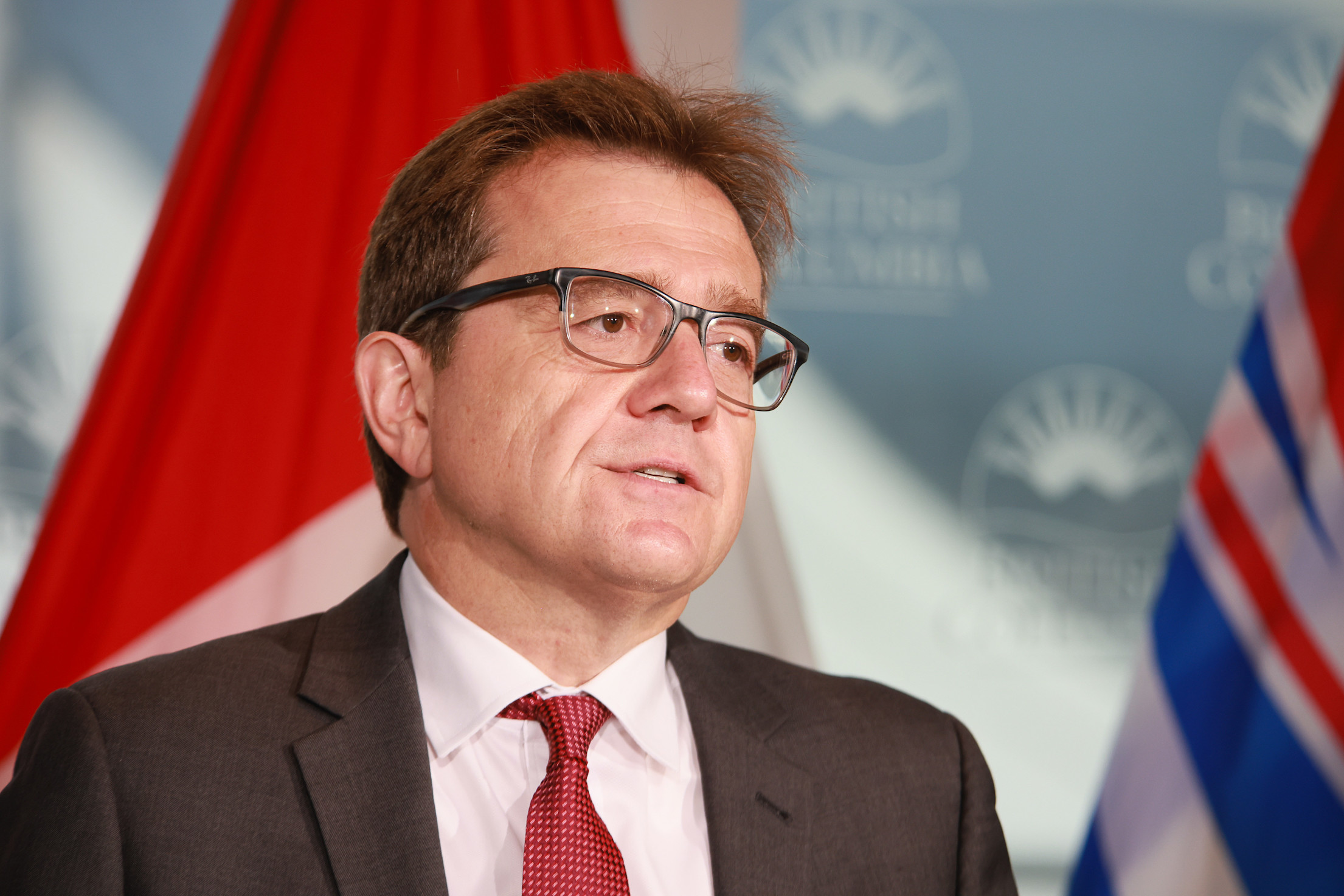
The Ontario government has committed $1 billion to build permanent roads to the Ring of Fire, but needs Ottawa to chip in the same amount to cover construction costs that have climbed to over $2 billion. And right now, there’s no clear evidence the minerals in the region will be worth the money it would take to get them out of the ground.
The federal government has signalled interest in the deposits in the Ring of Fire, some of which include items on its priority list of “critical minerals” needed to build lower-carbon technology like electric vehicles. But it has also said it would only invest in development in the region that is done “in an environmentally sustainable manner and in collaboration with local First Nations.”
The Narwhal reported in October that the federal government had quietly marked the Ring of Fire as a potential “priority” mineral deposit, which would make it eligible for some or all of a $1.5-billion sum set aside for mining infrastructure.
Though the two governments have now resumed negotiations, it’s not clear if that means the federal government is any closer to deciding whether or not it will fund roads to the Ring of Fire. Weeks after the Oct. 18 meeting, both Labonté and Natural Resources Minister Jonathan Wilkinson appeared to pour cold water on some of the hype around the Ring of Fire.
Labonté told The Globe and Mail in November that the federal government doesn’t see development in the Ring of Fire as an inevitability, and that “it may be that projects go forward; it may be that they won’t.” Days later, Wilkinson said there are outstanding “questions about development in that space” that would need to be addressed before anything major in the Ring of Fire can move forward.

Neskantaga First Nation Chief Wayne Moonias, whose community is located near the Ring of Fire, said he’s frustrated the two levels of government are having discussions about the issue without including his nation. When representatives of Neskantaga met with Labonté in November, the senior bureaucrat told them Neskantaga would be involved in decision-making. Instead, Moonias said, it seems Natural Resources Canada and the Ontario government were already having “backroom discussions” without them.
“This should send a red flag to other nations that are trying to ensure that they are also involved when their rights and interests are going to be impacted,” Moonias said.
“That’s clearly a demonstration that Canada does not respect the rights of our people.”
Ertl said Natural Resources Canada is committed to a “scientific, fact-based approach” to mineral development. Any federal decisions on the Ring of Fire will factor in consultation with First Nations and the Ontario government, along with economic, social and environmental data, Ertl said, noting that there are currently no proposed mining projects in the Ring of Fire under federal review.
“Before any decisions on mining development in the Ring of Fire are made, its potential impacts must be thoroughly studied, and meaningful consultation with impacted First Nations must be undertaken,” Ertl said.
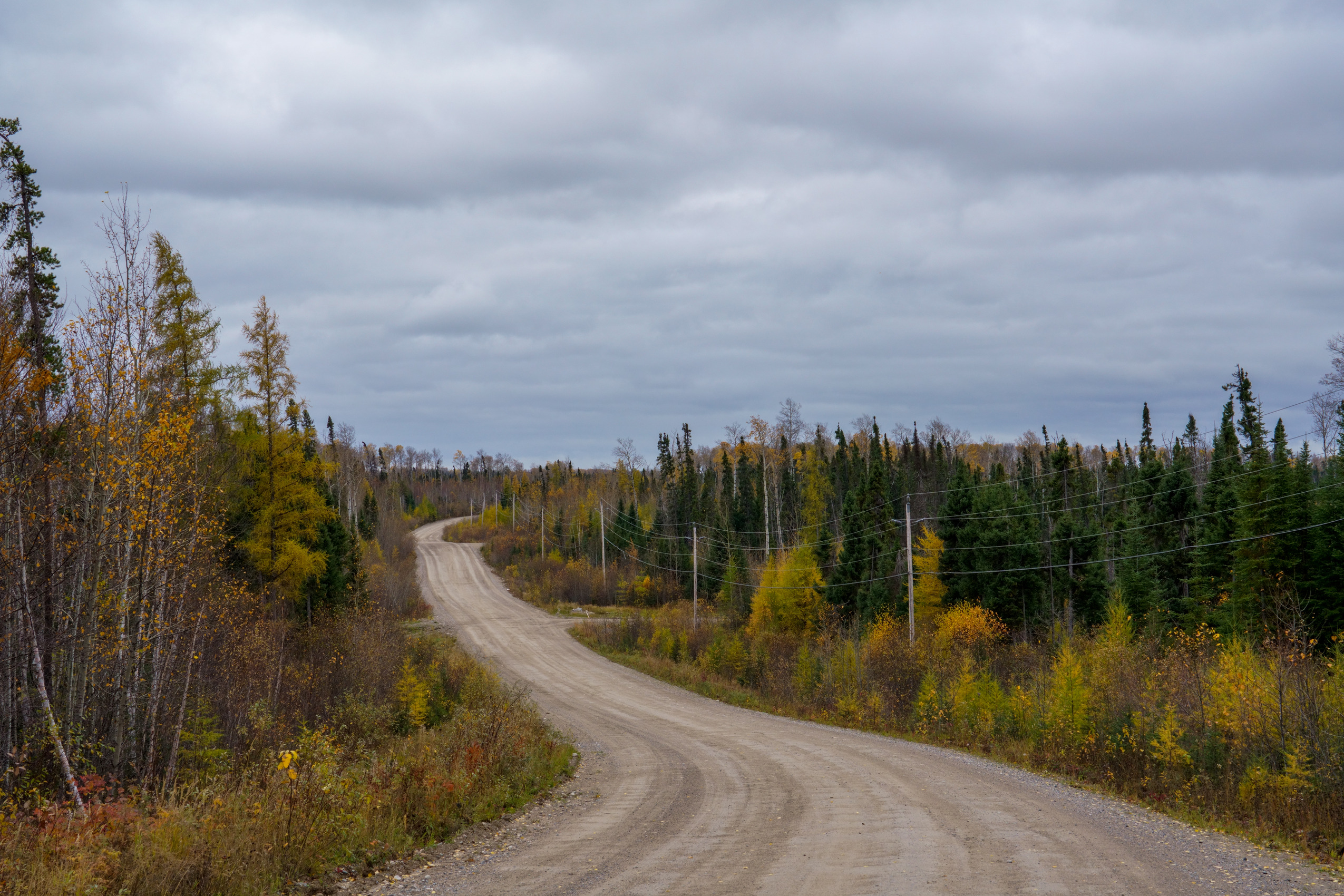
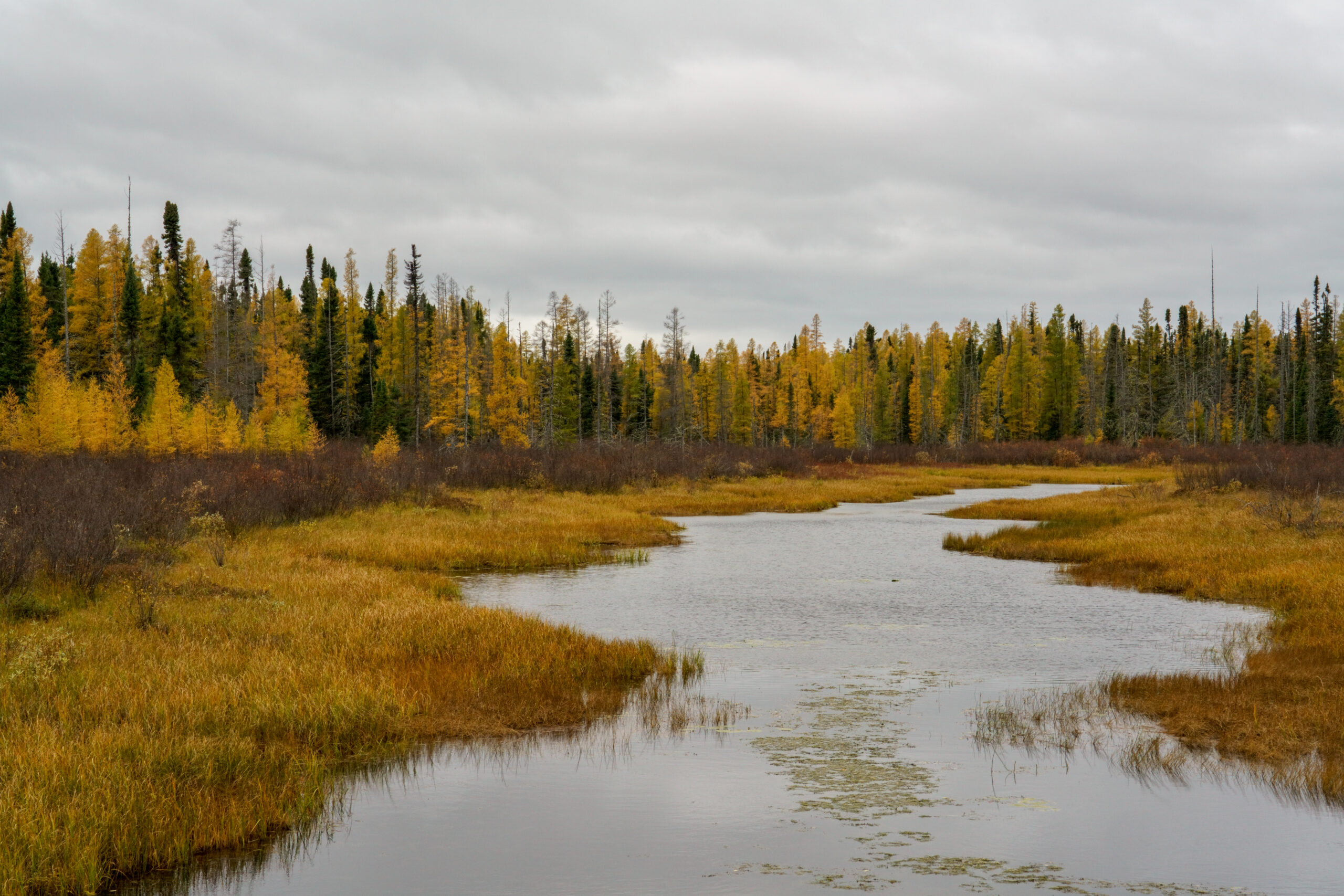
Natural Resources Canada’s renewed interest in the Ring of Fire comes amid a flurry of activity around the possibility of mining there — and a push to secure supplies of certain minerals, part of broader efforts to deepen trade ties with allied democracies and cut off hostile countries like Russia and China. Canada must “fast-track” energy and mining projects important to its allies, including those that produce materials needed to make electric vehicles, Deputy Prime Minister Chrystia Freeland said in a speech in October.
The mineral deposits in the Ring of Fire include nickel, a key component of electric vehicle batteries. The metal falls on Canada’s “critical mineral” list. Over the years, miners have also been interested in nearby deposits of chromium, which is used to make stainless steel.
Across the border, a parallel rush for critical minerals is underway in the United States, where the Department of Defence is considering funding work in the Ring of Fire as well, The Globe and Mail reported last year. The U.S. government held meetings with several mining companies involved in critical mineral projects, including Ring of Fire Metals (formerly known as Noront Resources), a junior exploration company that’s leading efforts to mine the area.
Ring of Fire Metals is owned by Australian firm Wyloo Metals. Backed by billionaire Andrew Forrest, the company bought Ring of Fire Metals last year. It has since registered to lobby the federal and provincial governments as it pushes to advance its Eagle’s Nest project in the Ring of Fire.
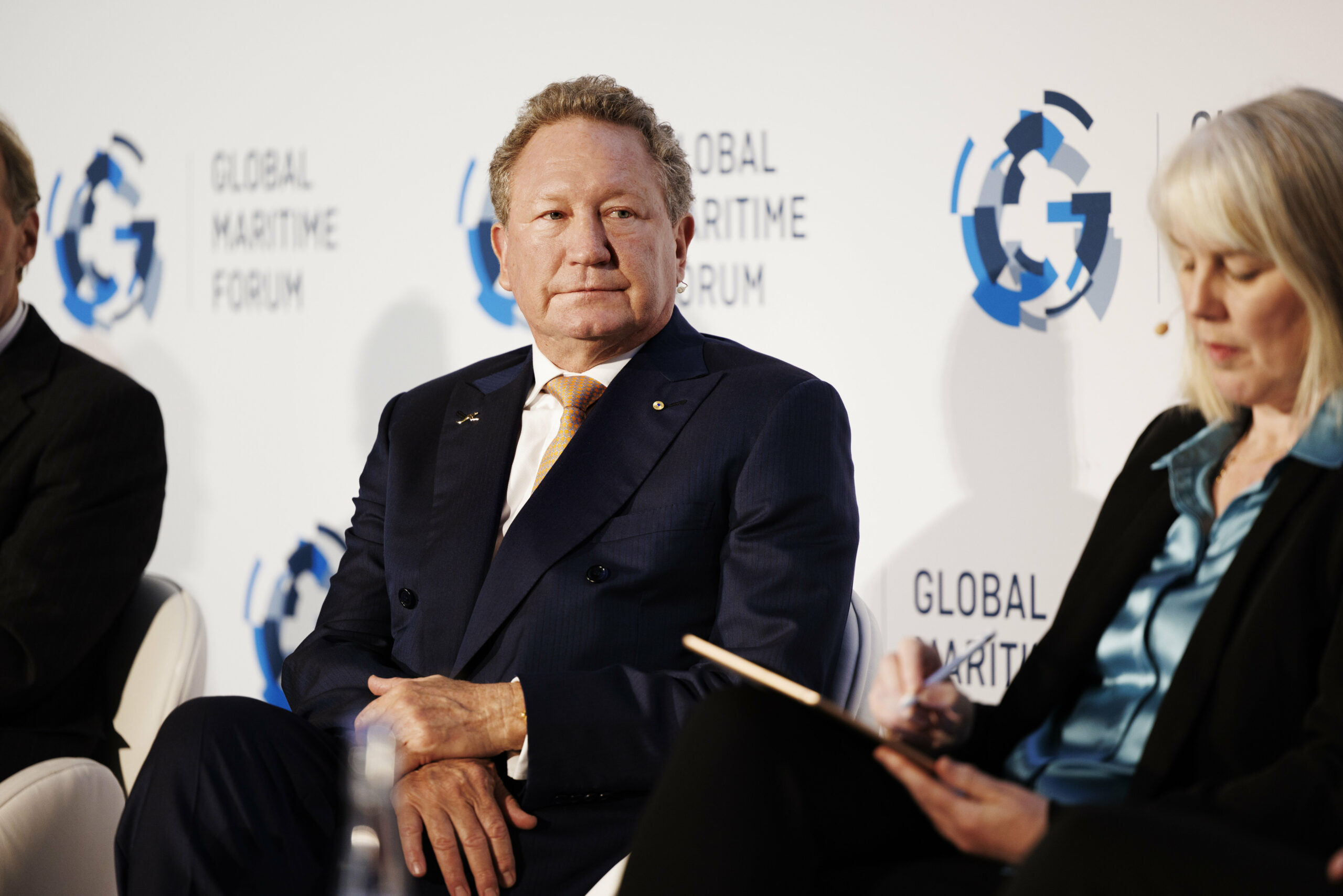
Wyloo Metals spokesperson Leanne Franco said the company is “pleased” that the federal and provincial governments have resumed talks about the Ring of Fire, and that Ring of Fire Metals is prioritizing engagement with First Nations.
“It is important that we listen to the views and aspirations of all the communities and make balanced decisions about future development in the region,” Franco said.
At the same time, another important process that will shape the region’s future is still playing out: the federal government is conducting a regional assessment in the Ring of Fire, which is meant to look at the cumulative effects of development there. The assessment would inform any future projects, which would likely be subject to their own individual reviews.
So far, it’s been a bumpy process. The chiefs of five Treaty 9 communities — Attawapiskat, Eabametoong, Fort Albany, Kashechewan and Neskantaga First Nations — wrote to federal Environment Minister Steven Guilbeault in January to express concerns about the framework of the review, which they said was too narrow.
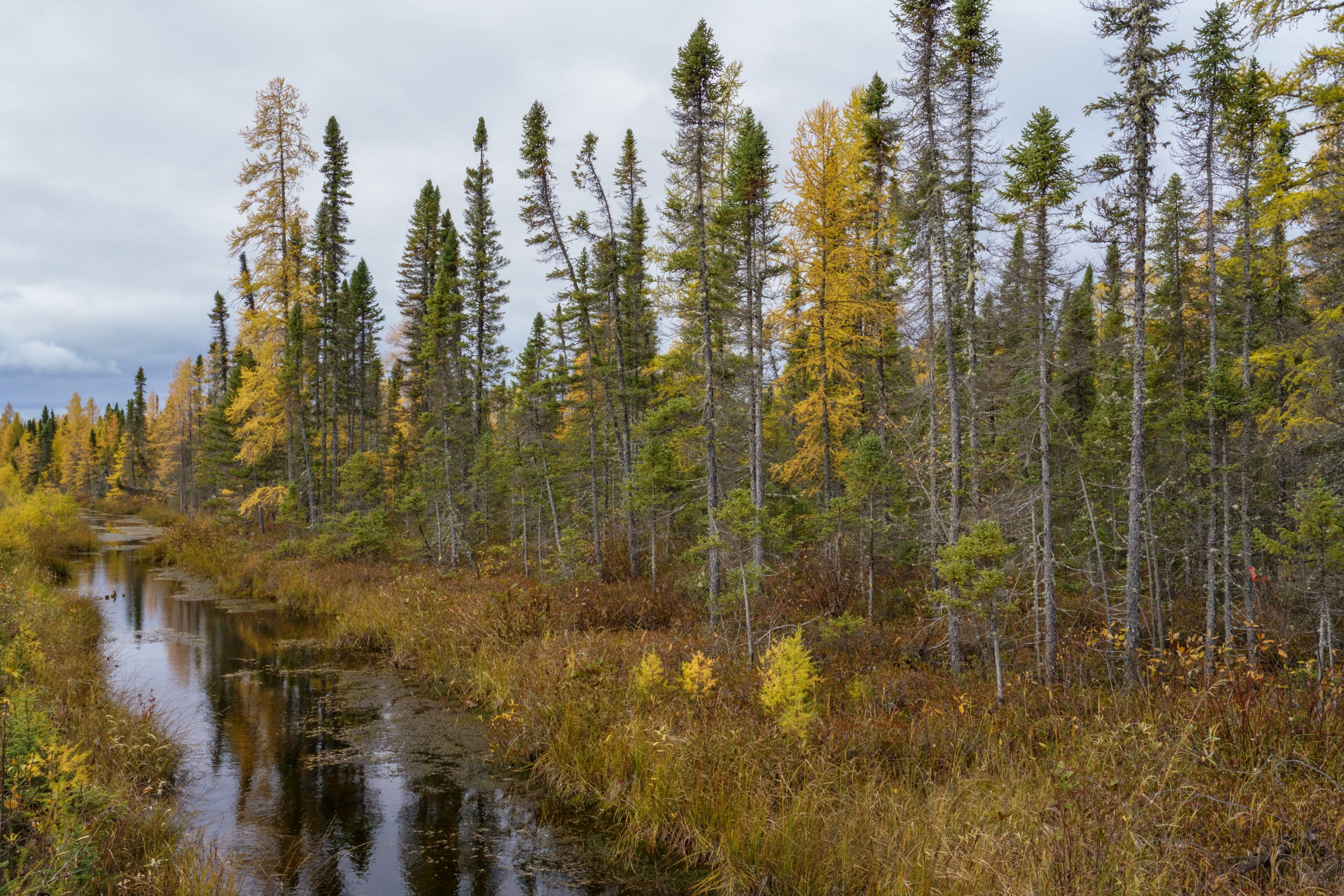
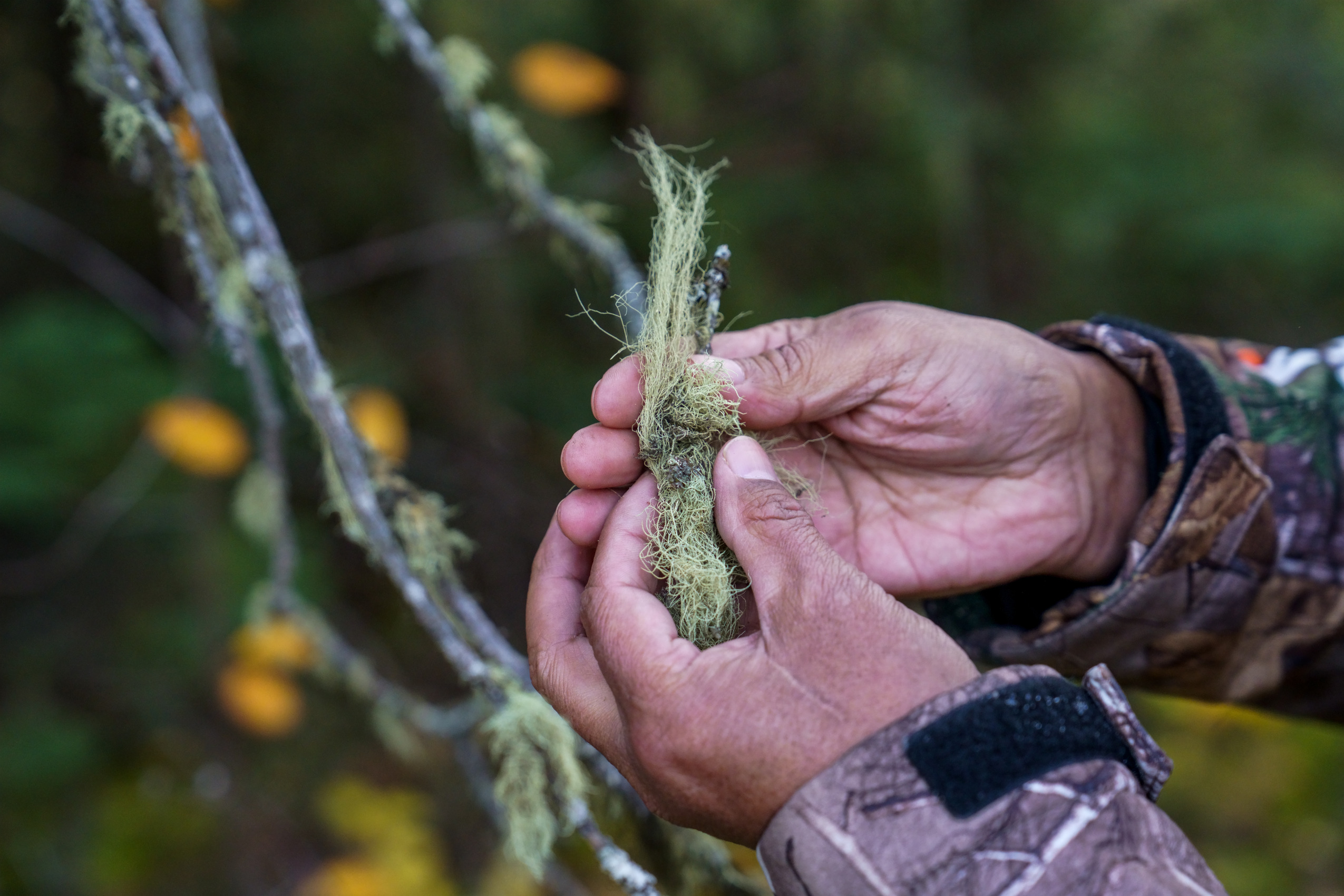
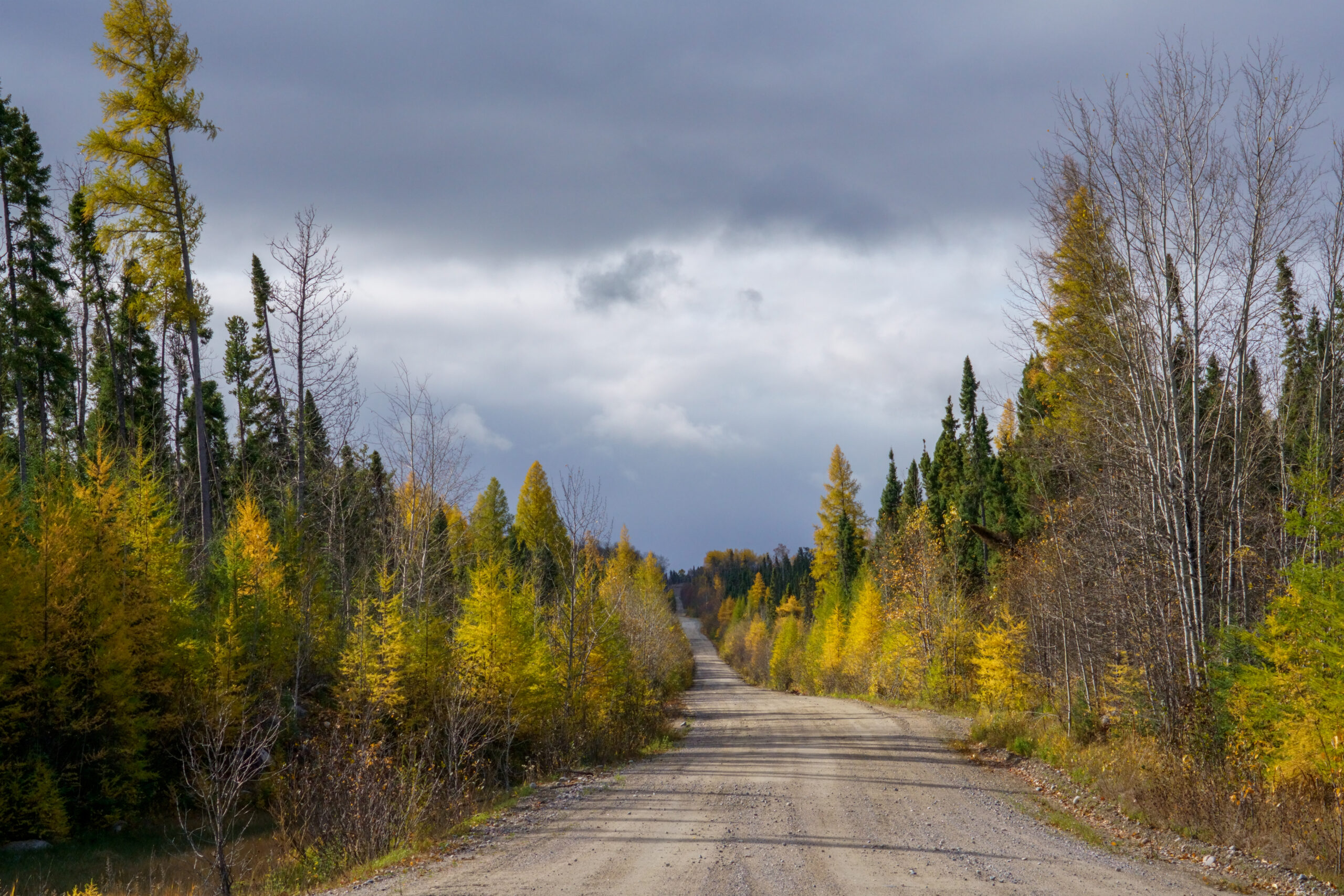
Things had begun to look up since then, said Kate Kempton, a lawyer representing Attawapiskat. The five nations met with Guilbeault after sending the letter, and Kempton felt cautiously optimistic that the regional assessment is moving in the right direction. What happens next will depend on whether decision-makers focus on fact-finding in the best interests of the environment and the First Nations who live in the James Bay Lowlands.
“The problem with Canadian law on environmental protection is it’s far too politicized,” Kempton said.
“Whatever anybody’s self interests are in making money out of this, money won’t matter at the end of the day. If we destroy the second most important carbon sink in the world, then we’re pooched … The facts will tell us, not the politics.”
The facts are important because road access to the Ring of Fire could have much larger impacts than just enabling mining. Many First Nations in the James Bay Lowlands are coping with several crises at the same time — youth suicides, long-term boil-water advisories, high food prices and more — caused by the ongoing impacts of colonization.
Elected chiefs and band councils at different First Nations have varying opinions on development in their homelands and how it could change their way of life. Individuals within communities have their own views, as well.
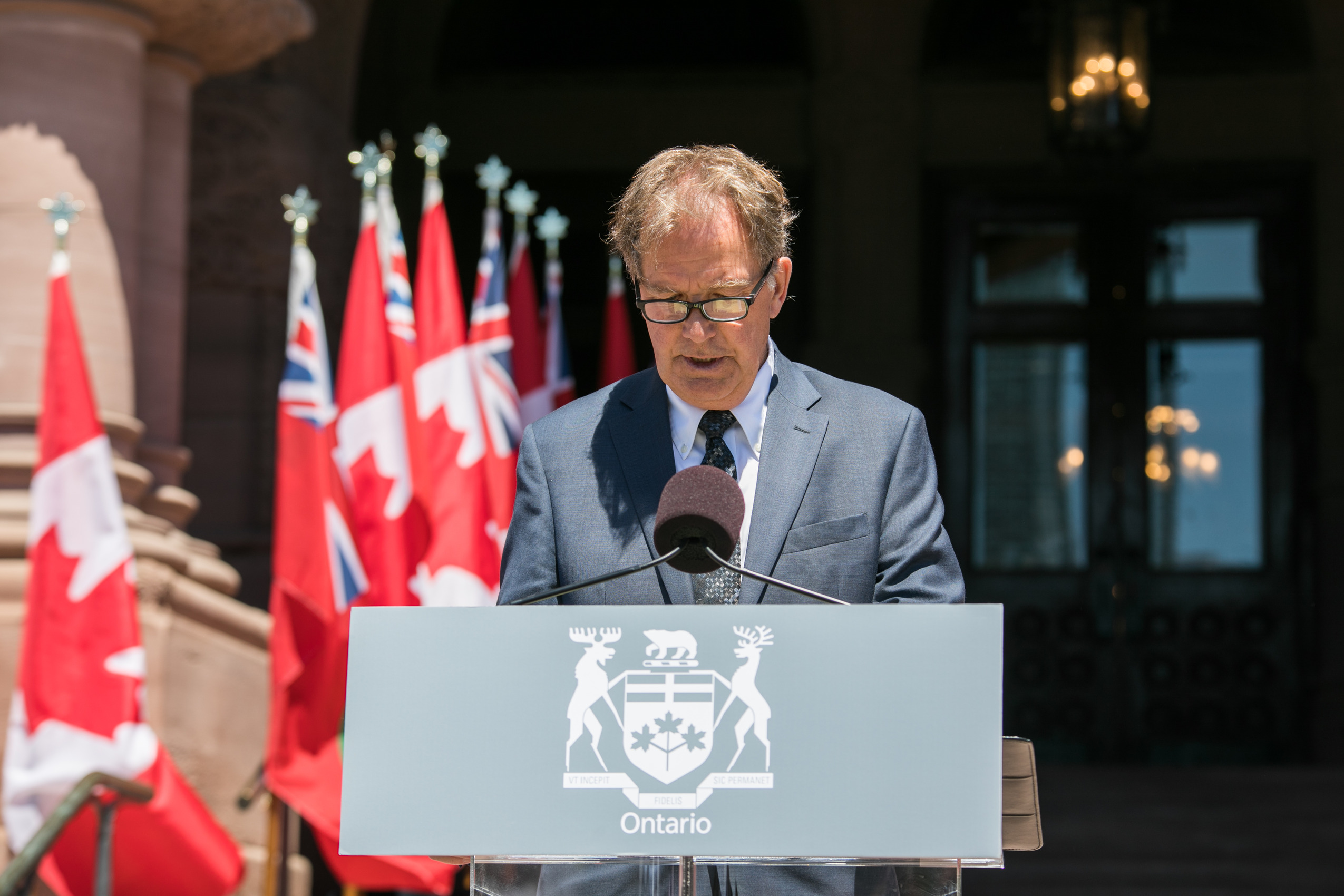
“Our people need to be involved in these developments [that are] going to impact our way of life,” Moonias told The Narwhal. Neskantaga, for example, has started a sturgeon stewardship program on its river system, which is healthy — Moonias said the community would want to know how those types of practices would be protected if the area were to be developed.
“We will stand our ground,” Moonias said. “We will defend our rights, our lands, our interests.”
Other chiefs see access roads as a way to connect their communities to economic opportunities and better services. Webequie and Marten Falls First Nations are leading proposals for three road projects, all of which would be needed to fully link their communities with the Ring of Fire and the existing road network to the south.
Marten Falls Chief Bruce Achneepineskum and Webequie Chief Cornelius Wabasse didn’t answer interview requests by publication time.
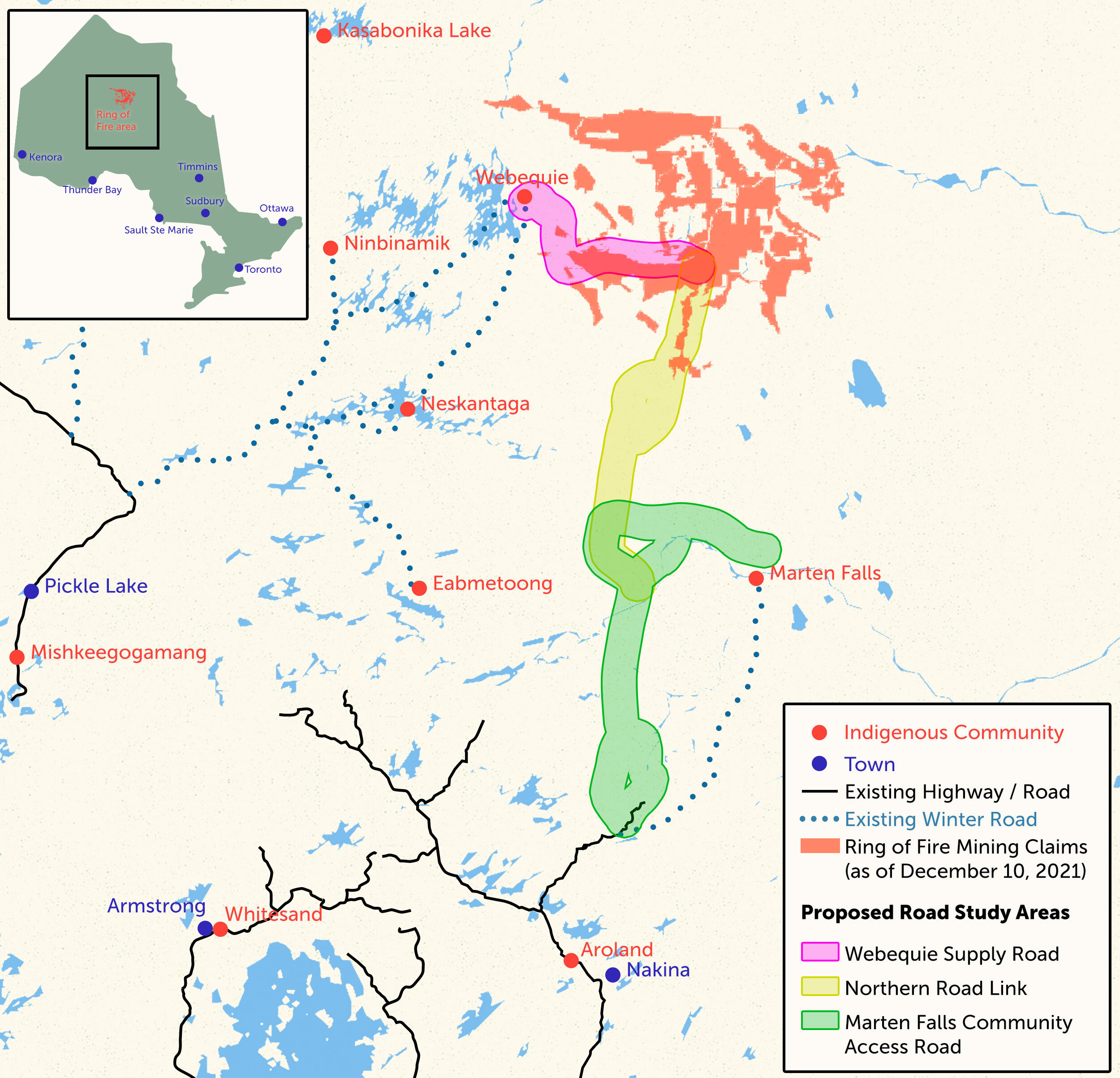
Though the Ontario government is pushing to get roads to the Ring of Fire built quickly, the prospect is still far away — if it even happens. The possibility of mining is also uncertain. The regional assessment started three years ago and will likely take several more years. Any specific mining projects would have to undergo their own review processes, too.
In the meantime, some question whether the minerals in the Ring of Fire will still be needed by the time all these reviews are done, and whether it should be the focus of so much effort. For example, electric vehicle batteries mostly require nickel right now, but some automakers are also looking at technology that doesn’t include the metal.
There are also other ways to get nickel. Recycled nickel accounted for about half of the consumption of the metal in the United States in 2021, according to the U.S. Geological Survey. One project in Sudbury, Ont., is aimed at recovering nickel from mine tailings. Natural Resources Minister Jonathan Wilkinson has also said there are other projects in Canada that are further along than the Ring of Fire.
Franco, of Wyloo Metals, pointed to some of the company’s reasons for pursuing its Eagle’s Nest project in the Ring of Fire — including that the nickel there is high grade, or highly concentrated, making mining more cost-effective and less emissions-intensive than lower-grade deposits.
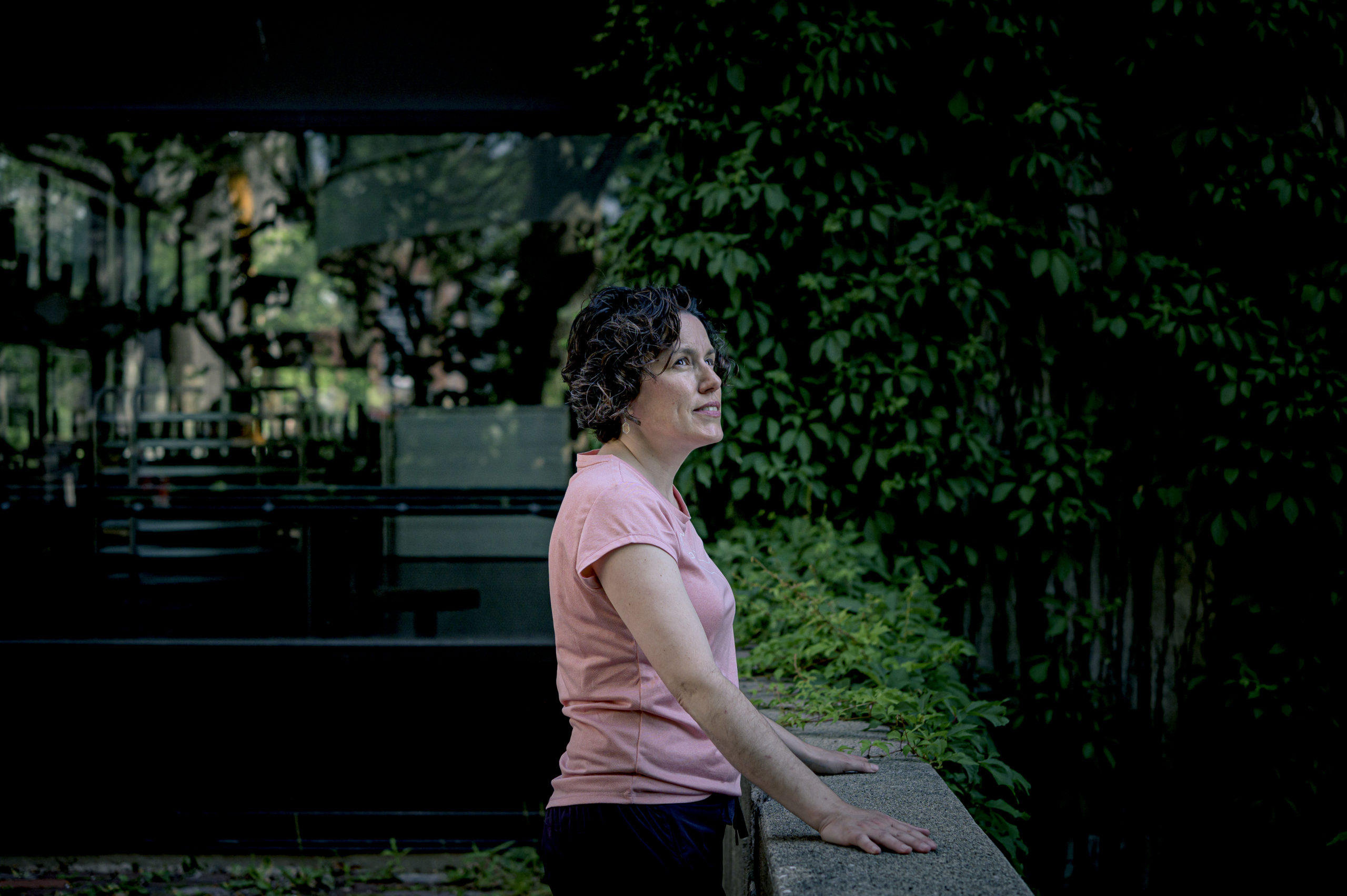
“Canada’s nickel mines produce the lowest carbon-footprint nickel in the world and Eagle’s Nest is the highest-grade undeveloped nickel ore body in Canada,” Franco said.
“The nickel from Eagle’s Nest will be processed for use in electric vehicle batteries that are fundamental to the energy transition and to achieving Canada’s climate goals.”
Anna Baggio, conservation director at the charity Wildlands League, said it’s not clear to her that the Ring of Fire will actually be worth it, especially given the consequences for the environment.
“The more we learn about it, the more we’re like, wow, this is just not a place where we make sense for mining to happen,” Baggio said.
“The costs are just way too high. And with the rich carbon stores there … even a small portion of that area being developed will have massive carbon debt.”
Get the inside scoop on The Narwhal’s environment and climate reporting by signing up for our free newsletter. On a warm September evening nearly 15...
Continue reading
10 billion litres of sewage are dumped into Winnipeg’s lakes and rivers each year. Some...

Court sides with Xatśūll First Nation, temporarily halting Mount Polley mine waste expansion

Break out the champagne: Emma’s storied life and leadership in journalism has earned her the...
